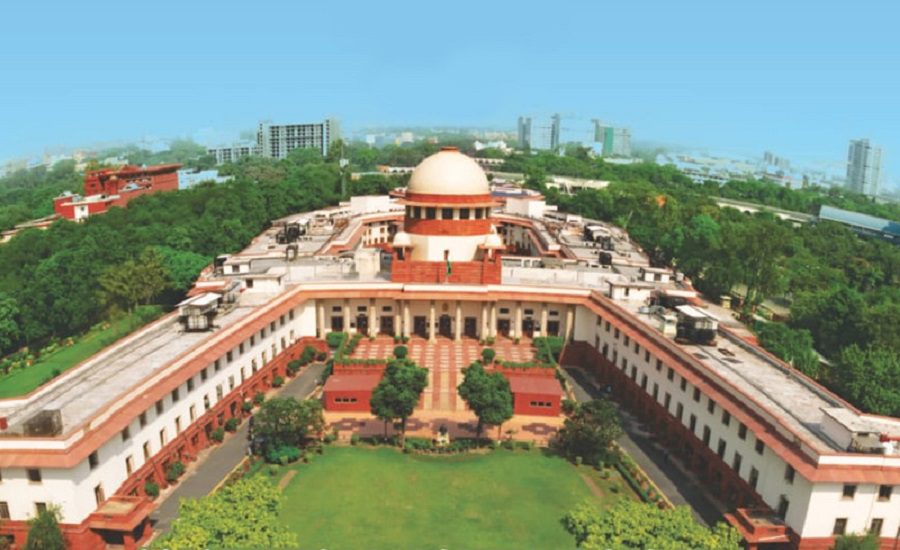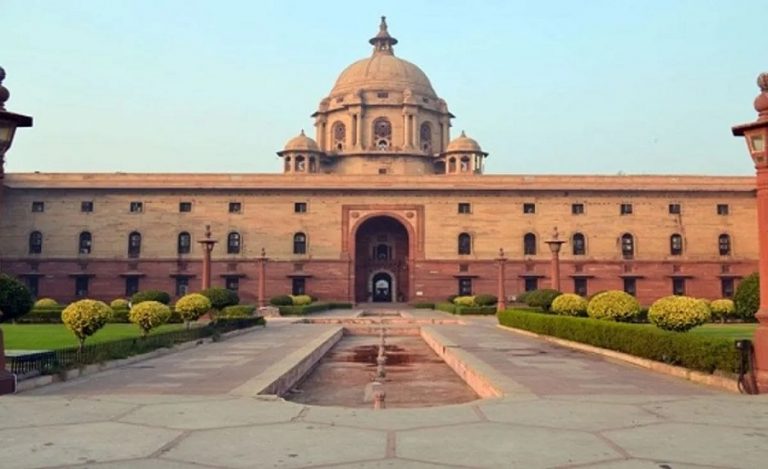New Delhi: In a landmark judgment upholding environmental accountability, the Supreme Court has struck down key exemptions in the Environment Ministry’s 2021 notification, reaffirming that large construction and industrial projects must undergo public scrutiny under the Environmental Impact Assessment (EIA) framework.
A bench led by Chief Justice of India B.R. Gavai and Justice K. Vinod Chandran ruled that all projects with a built-up area exceeding 20,000 square meters—whether industrial, educational, or residential must adhere to the EIA 2006 regulations. The court rejected the Environment Ministry’s controversial clause that had exempted specific large-scale projects, including educational institutions and industrial sheds, from mandatory environmental clearance.
No Shortcuts on Environmental Safeguards
Delivering the verdict, CJI Gavai underscored the principle of intergenerational equity, stating, “It has been consistently held that natural resources are to be held in trust for the next generation.” While recognizing the importance of development, he emphasized the court’s duty to ensure sustainability. “The country cannot progress without development, but environmental costs must be accounted for and minimized,” the bench observed.
The Court clarified that the original intent of EIA regulations was to provide early public involvement and prevent irreversible ecological damage. Any large construction activity regardless of its purpose has the potential to affect air, water, and land quality and thus warrants thorough assessment.
Education Sector Not Above Scrutiny
In a significant statement, the Court rejected the notion that educational institutions should be exempted from environmental scrutiny, asserting that the sector has become “an industry in itself.” The judgment stated that discrimination between building types industrial or educational cannot be justified when their environmental impact is similar.
Clause 8 of the 2021 notification, which allowed blanket exemptions for projects with a built-up area up to 150,000 square meters, was declared invalid. The bench upheld the remainder of the notification but ordered that no such exemptions be granted moving forward.
Also Read: No Room for Informality: SC Calls Out Social Ties Between Judges and Lawyers, Eyes Reform
PIL by NGO Vanashakti Prompted Judicial Review
The case stemmed from a Public Interest Litigation filed by Mumbai-based NGO Vanashakti, represented by senior advocate Gopal Sankaranarayanan. The petition highlighted that similar exemption attempts in 2014, 2016, and 2018 had already been rejected by the Kerala High Court, Delhi High Court, and the National Green Tribunal.
The petitioners argued that allowing massive construction projects exceeding 1.6 million square feet to bypass environmental scrutiny violated the precautionary principle enshrined in Indian environmental law. The Court agreed, emphasizing that safeguarding eco-sensitive zones and polluted areas must take precedence over administrative convenience.
Environmental Oversight Must Be Decentralized
Recognizing the logistical burden of central evaluation, the Court suggested that assessments be conducted state-wise rather than at the national level. It reaffirmed that the notification will be binding across India, including Kerala, and any construction activity beyond 20,000 square meters must undergo prior environmental clearance.
The judgment also critiqued the Ministry’s subsequent office memorandum issued on January 30, which further expanded the exemption list to include warehouses and private universities. The Court made clear that such dilutions of environmental oversight would not be permitted.
Also Read: Supreme Court Pulls Up ED, Grants Bail to Former IAS Anil Tuteja in Chhattisgarh Liquor Scam



























